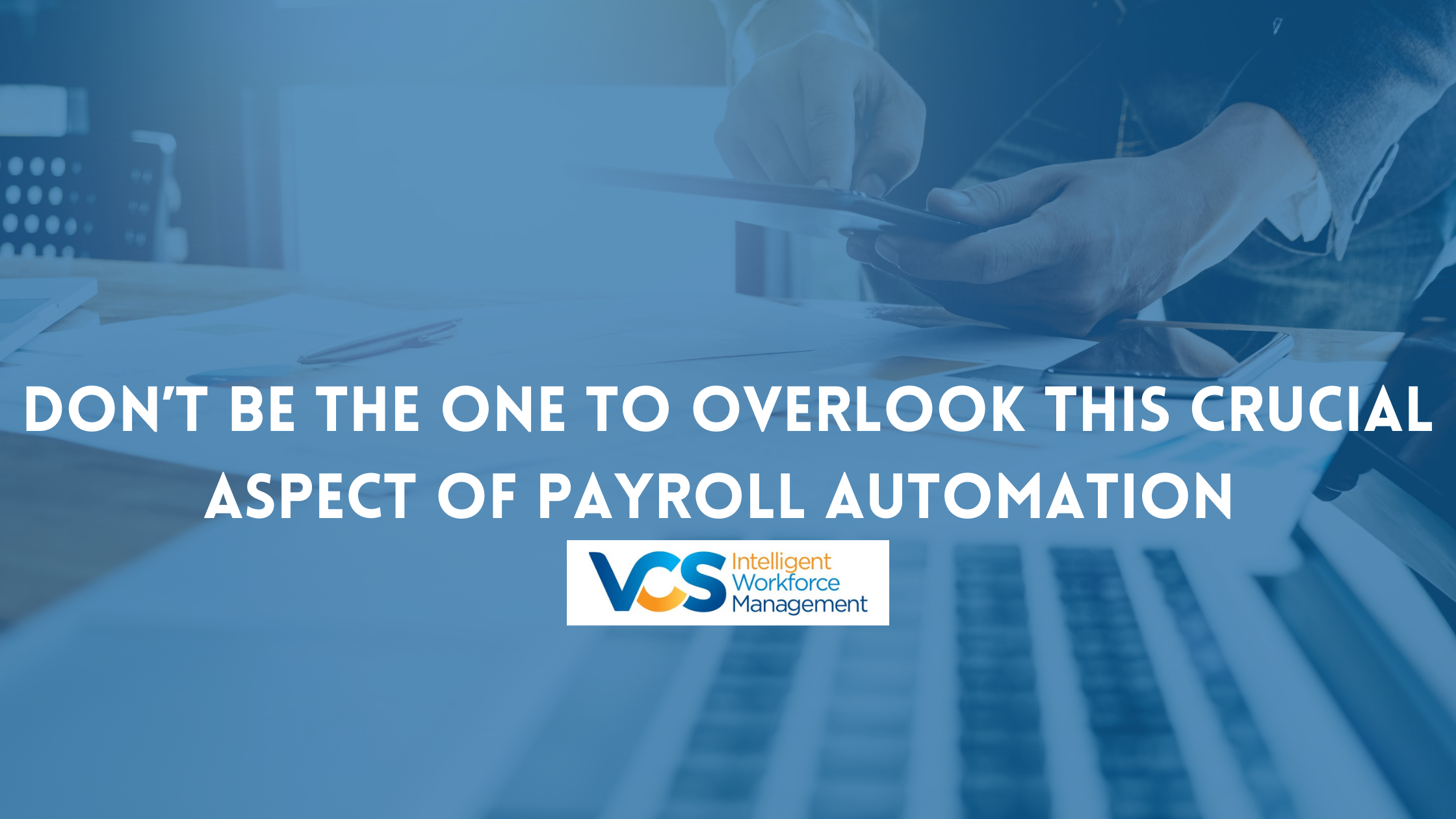
Effectively managing payroll is key for business success. If payroll within your organization is not handled correctly and efficiently, what other aspects of your business are being taken seriously? In the past, payroll was manually accounted for, leaving room for human error. In today’s workforce, paperless payroll, or payroll automation, is most common. This process streamlines payroll operations and combats error in employee time and labor, wages, taxes, withholdings, overtime, vacation, and commissions.
Now with such a large selection of payroll service providers with competitive price points, the percentage of automated payroll services within businesses is considerably higher. Ranging between all sizes of business, the use of payroll automation is an absolute necessity.
What is payroll automation? To most, the technology system encompasses four main functions:
- Calculating time & wages
- Tabulating and applying taxes & withholdings
- Provision of checks or e-deposits to employees
- Reporting essential data to business owners
The automation of these functions addresses what businesses believe are the only pieces of the payroll process. However, there is so much more to effective payroll management. A segment of payroll that is often overlooked is the proactive planning of staff according to business rules. Businesses today must consider their organizational goals, their workplace culture, and industry practices when deciding how best to approach proactive planning.
In other words, companies can be saving money, but are hindered by payroll processes that account for employees only after they have worked a shift or job assignment. There is little or no planning dedicated to the proper scheduling of employees according to genuine business needs, employee skill sets, and fair job allocation.
Without the application of proper business rules that take into account staffing needs PRIOR to shifts scheduling, organizations are potentially over-spending and over allocating for staffing that is either unnecessary or redundant. In many cases, without the proper allocation of business rules, you can be staffing employees with the incorrect skill sets or providing inadequate coverage in areas of high need.
The takeaway here is that all industries need to dedicate time to fleshing out and identifying all essential staffing requirements and applying those requirements to their day-to-day operations.
Coverage needs + business rules = workforce asset management scheduling
Then, an organized, cost-effective schedule should be developed and carried out by staff. The payroll automation system can now compute planned hours and jobs, in essence reducing overspending and inefficiencies. Proactive scheduling promotes a productive, compliant, and fiscally responsible workforce.
Workforce asset management scheduling + hours worked = annual 5% savings in payroll
To learn more about VCS Intelligent Workforce Management’s software solutions and services, including payroll automation, please visit https://www.vcssoftware.com/
About VCS
VCS provides public and private sectors with ultramodern workforce management tools that better manage their most complex workforce management needs and tedious business processes. Backed by 20 years of experience, VCS’ platform boasts industry-specific products and services, carefully crafted to make employee management, time & attendance, human resources, and payroll easier for the entire workforce.



